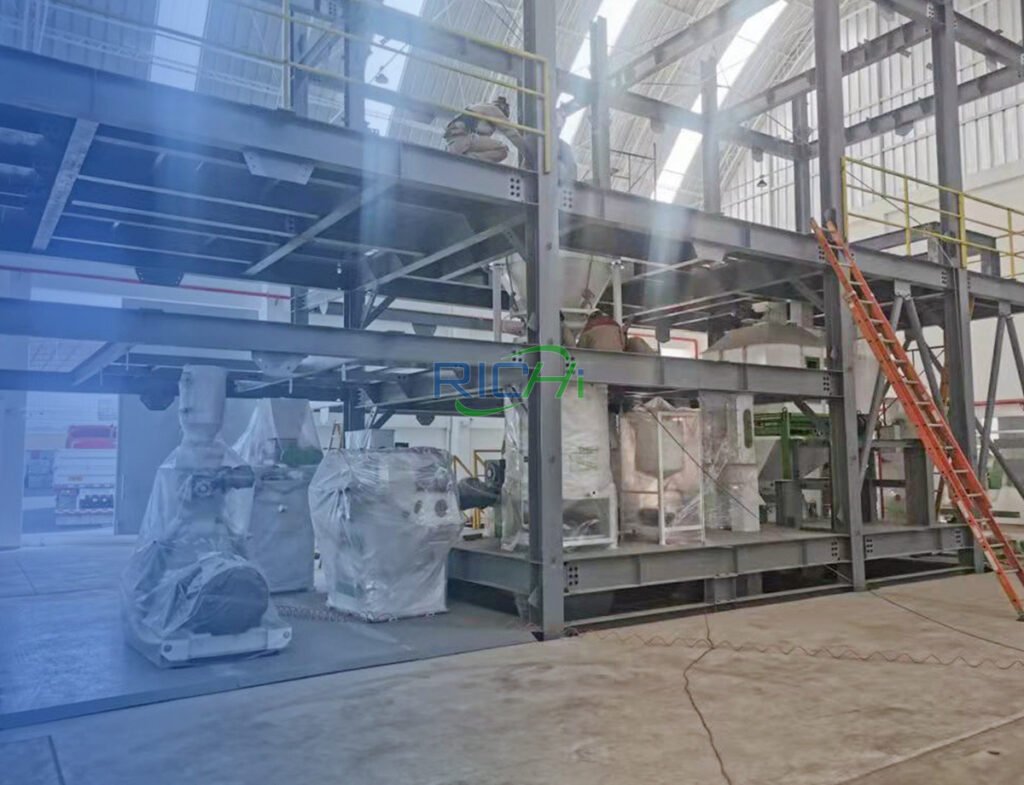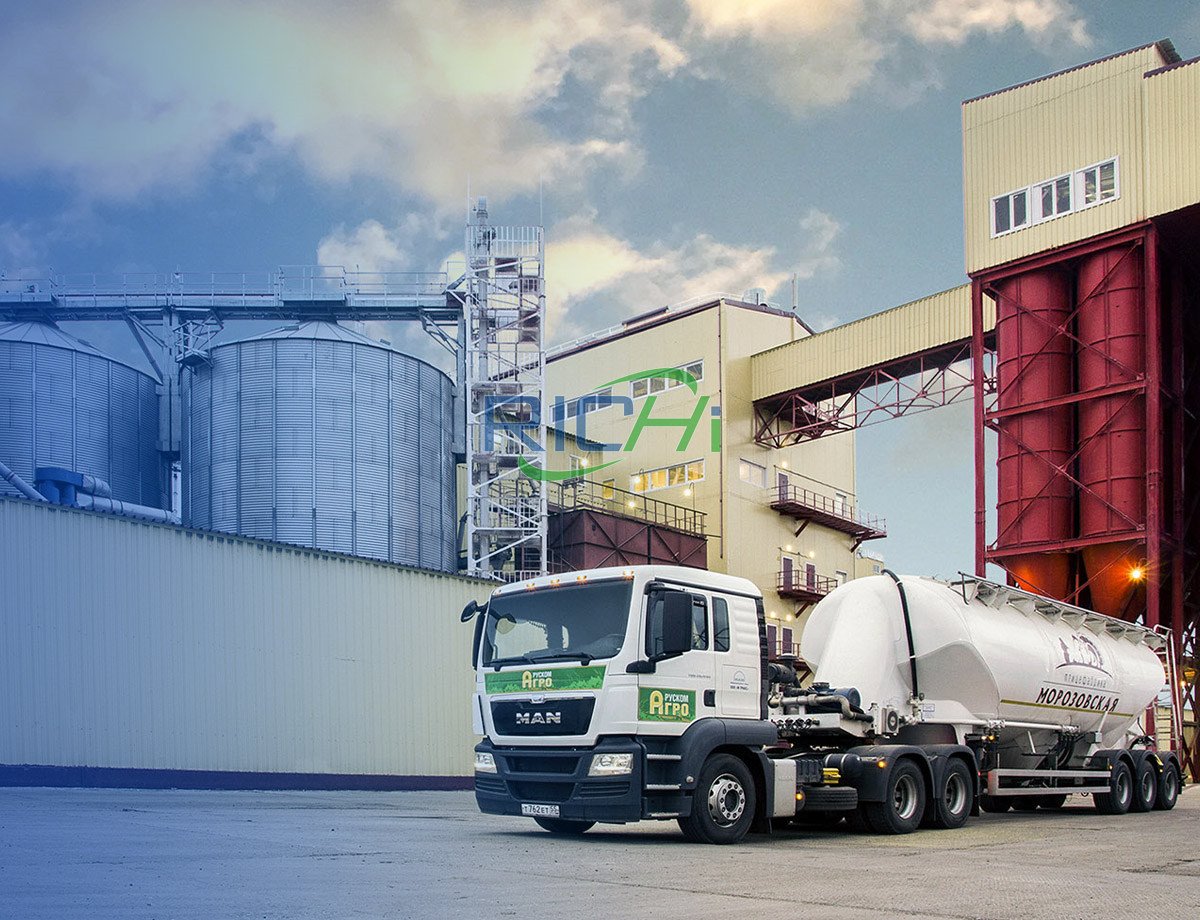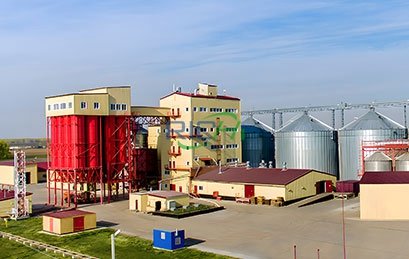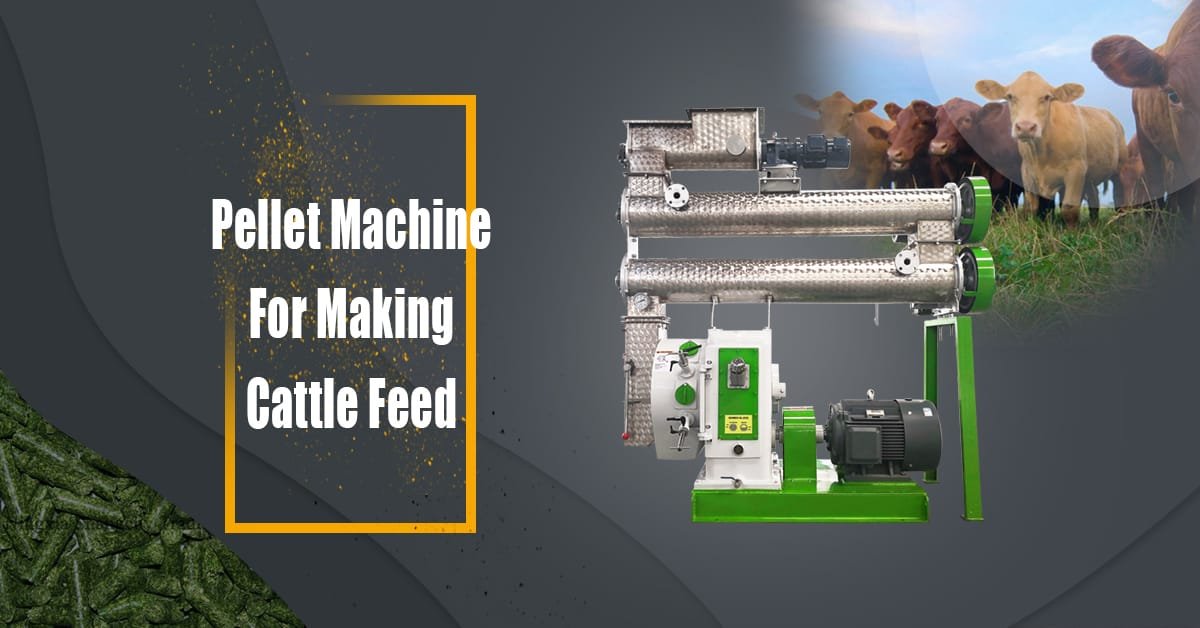Establishing a feed mill factory with a capacity of 10 tons per hour (t/h) represents a significant investment that can lead to substantial financial returns. Understanding the potential annual sales revenue is essential for investors and business owners to assess the project’s viability. This article discusses the factors influencing the annual sales revenue of a 10t/h feed mill factory and provides an estimated revenue based on industry standards and market conditions.
Key Factors Influencing Annual Sales Revenue
Several elements contribute to the annual sales revenue of a feed mill factory:
- Production Capacity and Utilization
A 10t/h feed mill operating 16 hours a day for 300 days a year can produce approximately 48,000 tons of feed annually. However, actual production may fluctuate based on operational efficiency and maintenance downtime. - Product Mix
The types of feed produced—such as poultry, cattle, pig, or fish feed—and their proportions can significantly affect revenue, as different feeds command varying market prices. - Market Demand and Selling Price
The demand for animal feed and the selling price per ton are critical factors that impact revenue. Prices can vary based on feed type, quality, and prevailing market conditions. - Quality and Brand Reputation
Producing high-quality feed and building a strong brand reputation can allow for premium pricing and foster customer loyalty, positively affecting revenue. - Geographic Location
The factory’s proximity to key markets and transportation infrastructure can influence sales volume and pricing.

Estimating Annual Sales Revenue
To estimate the annual sales revenue, we can calculate total production and multiply it by the average selling price per ton. Let’s consider a scenario using average industry figures:
- Production Capacity
- Operating Hours: 16 hours/day
- Operating Days: 300 days/year
- Production Rate: 10 tons/hour
- Annual Production: 10 tons/hour × 16 hours/day × 300 days/year = 48,000 tons/year
- Average Selling Price
The selling price of animal feed varies based on type and quality. For simplicity, let’s assume an average selling price of $350 per ton. - Annual Sales Revenue Calculation
- Annual Production: 48,000 tons
- Average Selling Price: $350 per ton
- Annual Sales Revenue: 48,000 tons × $350/ton = $16,800,000
Based on these calculations, the estimated annual sales revenue for a 10t/h feed mill factory is approximately $16.8 million.
Factors That Can Influence Revenue Variability
While the estimated revenue provides a solid baseline, several factors may introduce variability:
- Market Volatility
Changes in feed prices or raw material costs can significantly affect revenue. A downturn in the market may lead to lower selling prices and reduced revenue. - Product Diversification
Expanding the product range to include various types of feed can help capture a broader market and stabilize revenue. - Seasonal Demand
Demand for specific feed types may fluctuate seasonally, impacting production and sales. - Competition
Increased market competition may lead to lower selling prices or higher marketing expenses, affecting revenue. - Operational Efficiency
Optimizing production processes and minimizing downtime can maximize output and revenue.
Strategies to Maximize Revenue
To achieve or exceed the estimated annual sales revenue, consider implementing the following strategies:
- Product Quality and Consistency
Maintaining high-quality and consistent products can justify premium pricing and foster customer loyalty. - Market Expansion
Exploring new markets or export opportunities can increase sales volume and potentially improve profit margins. - Value-Added Services
Offering additional services, such as nutritional consulting or custom feed formulations, can create new revenue streams. - Brand Building
Developing a strong brand reputation for quality and reliability can enhance customer loyalty and provide opportunities for premium pricing. - Efficient Raw Material Sourcing
Building strong relationships with suppliers and implementing effective inventory management can help control raw material costs and improve profit margins. - Energy Efficiency and Automation
Investing in energy-efficient equipment and automation can reduce operational costs and enhance profitability.
Long-Term Considerations
While achieving high annual sales revenue is important, it is crucial to consider the long-term viability and profitability of the feed mill factory. Key factors include:
- Market Growth
The increasing global demand for animal products is likely to sustain the demand for animal feed, supporting long-term profitability. - Technological Advancements
Staying updated with the latest feed production technologies can help maintain competitiveness and operational efficiency. - Sustainability Practices
Implementing sustainable production practices can yield long-term cost savings and potentially open new market opportunities. - Regulatory Compliance
Ensuring compliance with local, regional, and national regulations is essential for maintaining operations and avoiding potential legal issues.
Conclusion
The estimated annual sales revenue for a 10t/h feed mill engineering is approximately $16.8 million, based on an average selling price of $350 per ton and an annual production capacity of 48,000 tons. This estimate serves as a baseline for investors and business owners assessing the financial viability of the project.
However, it is important to recognize that actual revenue can vary due to market conditions, product mix, operational efficiency, and other factors. By implementing strategies to maximize revenue and considering long-term sustainability, feed mill operators can achieve and potentially exceed their revenue targets.
Ultimately, while annual sales revenue is a vital metric, it should be viewed as part of a broader financial analysis that includes profitability projections, return on investment calculations, and risk assessments. This comprehensive approach will provide a clearer picture of the investment’s potential and aid decision-making in the dynamic animal feed industry.










